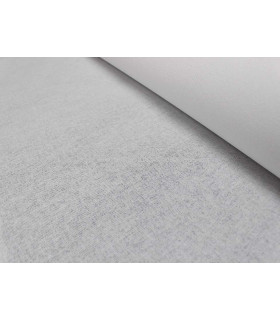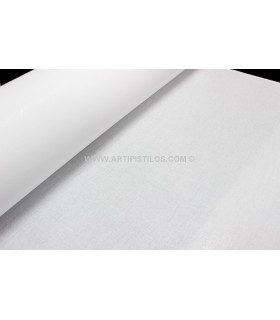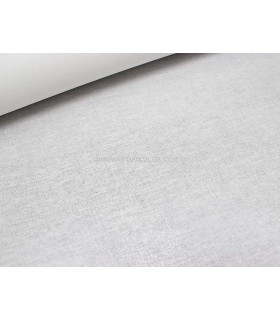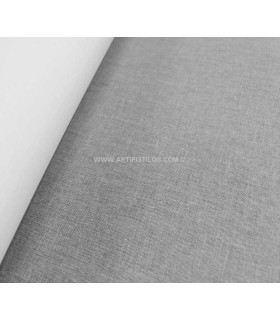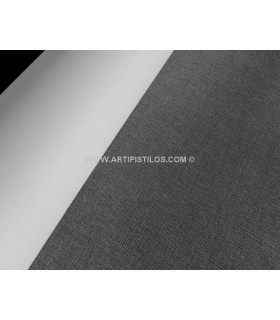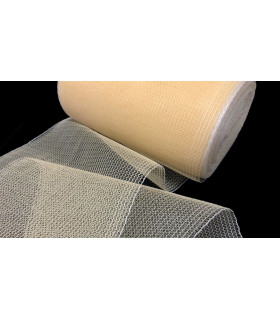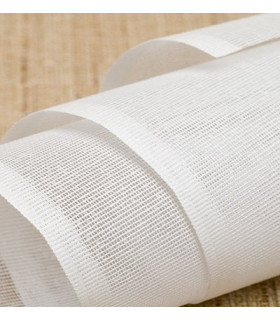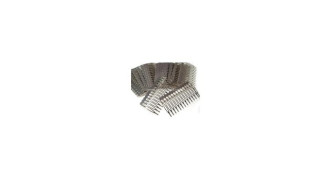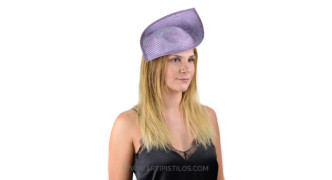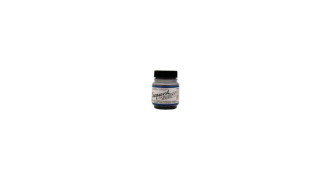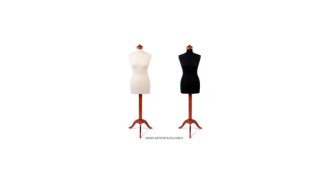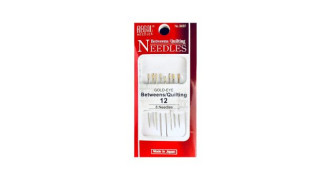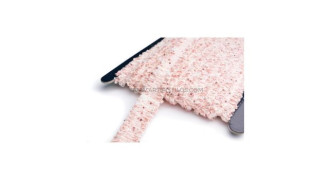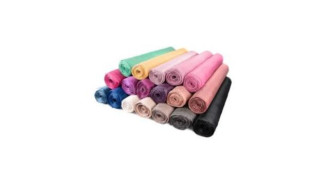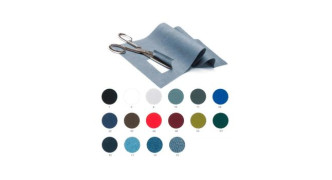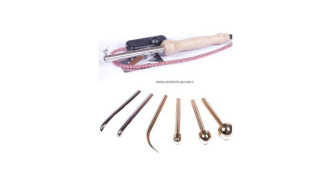BUCKRAM Y ENTRETELA DE SOMBRERERÍA
INTERLININGS FOR EMBROIDERING HATS AND MUCH MORE
INTERLININGS FOR EMBROIDERING HATS AND MUCH MORE
No tailor, seamstress, or in our case, hatmaker, can work without using interlinings. This means they often need new batches of this material to replenish what they use. If this is your case, you can count on our wide range of interlinings for embroidery.
Here you'll find all the types of interlinings you may need and in different widths. For example, one of our favorite interlinings is the iron-on interlining, which you can join to other fabrics with the help of an iron, without the need to sew. Easier, impossible!
In addition to the adhesive interlinings, we have interlinings for leather, especially designed for this material. In case you need to make a waistband or handle for a purse, we also have narrow interlinings ideal for this type of work.
Two of the best quality fabrics for making interlinings are buckram and crinoline. Here you will find both types perfectly sized, without iron-on and with one or two-sided iron-on.
WHAT IS BUCKRAM?
Buckram is a stiff cloth generally made of cotton, woven with a loose weave and sized with wheat starch paste, glue, or pyroxylin. When moistened or heated, it gains a great malleability, which, along with its natural durability, makes it ideal for lining book covers, hats, and some garments.
WHAT IS CRINOLINE?
Crinoline, also known as tarlatan, is a type of very light fabric from India, very similar to muslin but with a more open weave and a stiffer consistency. It is usually white and is made with cotton or by mixing cotton and polyester.
Crinoline is considered an "expansion fabric" in that, sewn to other fabrics, it highlights the silhouette and makes it more voluminous. For example, ballet dancers' tutus are usually made of this material.
Crinoline is used in evening dresses with wide skirts, in hats (it preserves the shape of the brims), and in petticoats (it supports the volume and shape of the skirts). Other uses for this material include bookbinding, plaster cast bandages, and fresco restoration.
WHAT ARE INTERLININGS?
Interlinings are a type of fabric that is adhered or sewn onto the reverse of a main fabric to change its characteristics, namely:
- Strengthen the main fabric, making it more resistant.
- Give the main fabric more body, beautifying it.
- Prevent the garment from wrinkling easily.
- Ensure that the garment retains its shape.
- Reinforce certain components of the garment.
It is important not to confuse interlinings with interfacing fabrics, which are usually used in small areas such as collars, cuffs, and linings to give greater rigidity and strength to these areas of garments, which are subjected to greater wear than others.
Interlinings are soft, thick, flexible, and can be made of cotton, nylon, polyester, wool, or viscose. Some of them receive special treatment that makes them resistant, for example, to shrinkage or wrinkling.


